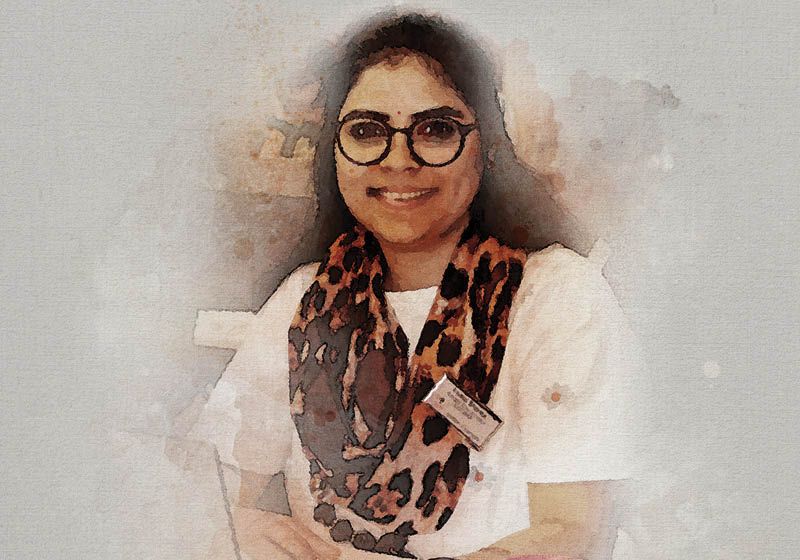This postdoc is turning fields into data-rich digital twins to track crop growth and find sustainable management practices for farmers.
Q | Write a brief introduction to yourself including the lab you work in and your research background.
My name is Mukta Sharma. I am a research associate in the Basso Digital Agronomy lab at Michigan State University. We focus on finding sustainable management practices for farmers of US Midwest for major crops like corn, wheat, and soybeans using SALUS crop simulation models, remote sensing, and field collected data.
Q | How did you first get interested in science and/or your field of research?
I started my journey of science from my master’s back in my country India. I did my MTech in machine learning, during which I created my first ever UI for emotion recognition using MATLAB software and python backend coding. After that, I did my doctorate in developing computer systems to diagnose cancer types by analyzing cells, in collaboration with the Fan-Gang lab at the National Tsing Hua University, Taiwan. My research focuses on machine learning applications in agriculture and medical imaging.
Q | Tell us about your favorite research project you’re working on.
One of my favorite projects I am currently working on is the development of a digital twin using sentinel NDVI imagery and the AlphaEarth foundation model’s 64-band embeddings for the agricultural field, which can mimic vegetation changes during the growing season. In this project, I am implementing a knowledge-guided graph neural network. This project is really cool and interesting.
Q | What do you find most exciting about your research project?
Being an Indian research scholar until my doctorate, I always fought for resources and access to new technologies. Becoming a postdoctoral researcher at Michigan State University and gaining abundant resources gave me the freedom to let my thoughts fly in any direction and think out of box. Also, this made me independent in doing my research. I explored so many new areas where my research outcomes are helping society directly and indirectly. This is the most exciting part of my scientific career.
Q | If you could be a laboratory instrument, which one would you be and why?
I’d be a drone, because let’s face it, drones are the only lab equipment that get fresh air. While spectrometers sit inside sulking under fluorescent lights, I’d be out soaring above cornfields, getting a tan, and occasionally dive-bombing an unsuspecting scarecrow. In the digital agronomy lab, drones are basically rockstars: everyone gathers around to download their data, while the soil probes just get ignored in a corner. Plus, as a drone, I’d finally understand what crops whisper to each other when no agronomist is around (probably gossip about nitrogen levels). Sure, I might crash into a soybean plot or photobomb a tractor now and then, but at least I’d bring excitement to the lab. Who wouldn’t want to be the flying camera that turns farm rows into data gold?
Are you a researcher who would like to be featured in the “Postdoc Portraits” series? Send in your application here.

